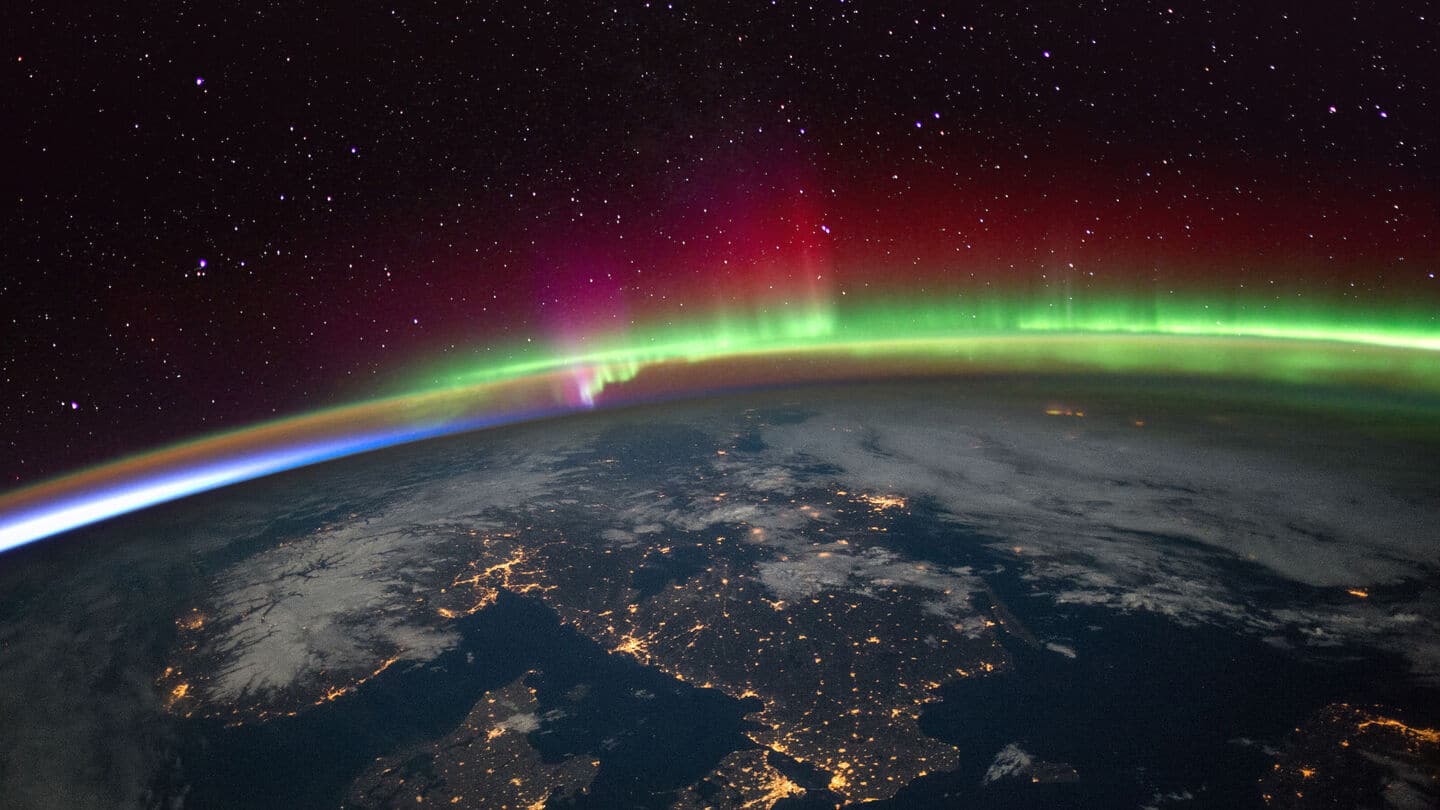**Why Northern Lights Could Become Stronger Within the Next Two Years**
*By Dwaipayan Roy | Oct 04, 2025, 06:22 PM*
—
The Sun is entering a turbulent decline phase that could lead to stronger and more frequent auroras, also known as northern lights, in the coming years. According to space weather physicist Tamitha Skov, this late stage of the solar cycle may be the Sun’s “last gasp”—a dramatic finale that has the potential to trigger intense geomagnetic storms and stunning auroral displays on Earth.
### Understanding the Solar Cycle
The solar cycle lasts about 11 years and is characterized by varying levels of solar activity. It peaks during the solar maximum, a period marked by numerous sunspots and solar eruptions, and then gradually declines toward the quieter solar minimum. However, this declining phase isn’t as calm as it might sound for observers on Earth.
Pal Brekke from the Norwegian Space Agency explained to Space.com that peak auroral activity often occurs a few years after the solar maximum. This means that aurora enthusiasts can expect several more years of heightened activity and spectacular light shows.
### More Geomagnetic Storms During the Declining Phase
Tamitha Skov noted that during this declining phase, Earth actually experiences more geomagnetic storms. This increase happens because long-lived coronal holes—cooler, darker regions in the Sun’s atmosphere that release high-speed solar wind—become more prevalent.
Scott McIntosh from Lynker Space described this period as an overlap between the solar cycle’s “light side,” dominated by violent eruptions, and its “dark side,” characterized by these coronal holes. This unique overlap produces solar wind streams that continuously buffet Earth’s magnetic field.
### Longer-Lasting Storms Benefit Aurora Hunters
These overlapping solar features often cause geomagnetic storms that may not be the strongest but tend to last longer. Skov explained that while these storms “may not be as intense as just the big CME (coronal mass ejection),” their prolonged duration can offer aurora chasers multiple nights of potential spectacular displays.
In other words, even if a storm isn’t particularly powerful, its extended presence can light up the sky over several days, providing fantastic opportunities to witness the northern lights.
### The “Last Gasp” of the Sun: A Potentially Dramatic Finale
Skov also highlighted an intriguing late-cycle phenomenon she calls the Sun’s “last gasp.” This usually occurs within two to three years before the solar minimum and involves the appearance of one or two highly complex sunspot groups near the end of the cycle.
If such a sunspot group forms and faces Earth, it could unleash powerful, repeated eruptions toward our planet, resulting in significant geomagnetic storms.
### Risk of Intense G5-Level Storms
Skov warned that the chances of experiencing a large G5 storm—a category denoting the highest level on NOAA’s geomagnetic storm scale—are quite high during this period. G5 storms are capable of producing auroras visible deep into mid-latitudes and can pose serious risks.
These intense geomagnetic events can disrupt GPS networks, interfere with radio communications, and damage satellites. Prolonged radiation and geomagnetic activity may even cause ongoing spacecraft anomalies as they endure continuous exposure to high-energy particles.
—
As we approach this turbulent phase in the solar cycle, skywatchers and space weather monitors alike should stay alert. The coming years could bring some of the most prolonged and vibrant northern lights displays in recent memory, alongside potential challenges for our satellite-dependent technologies.
https://www.newsbytesapp.com/news/science/sun-s-last-gasp-could-trigger-stunning-auroras-geomagnetic-storms/story
